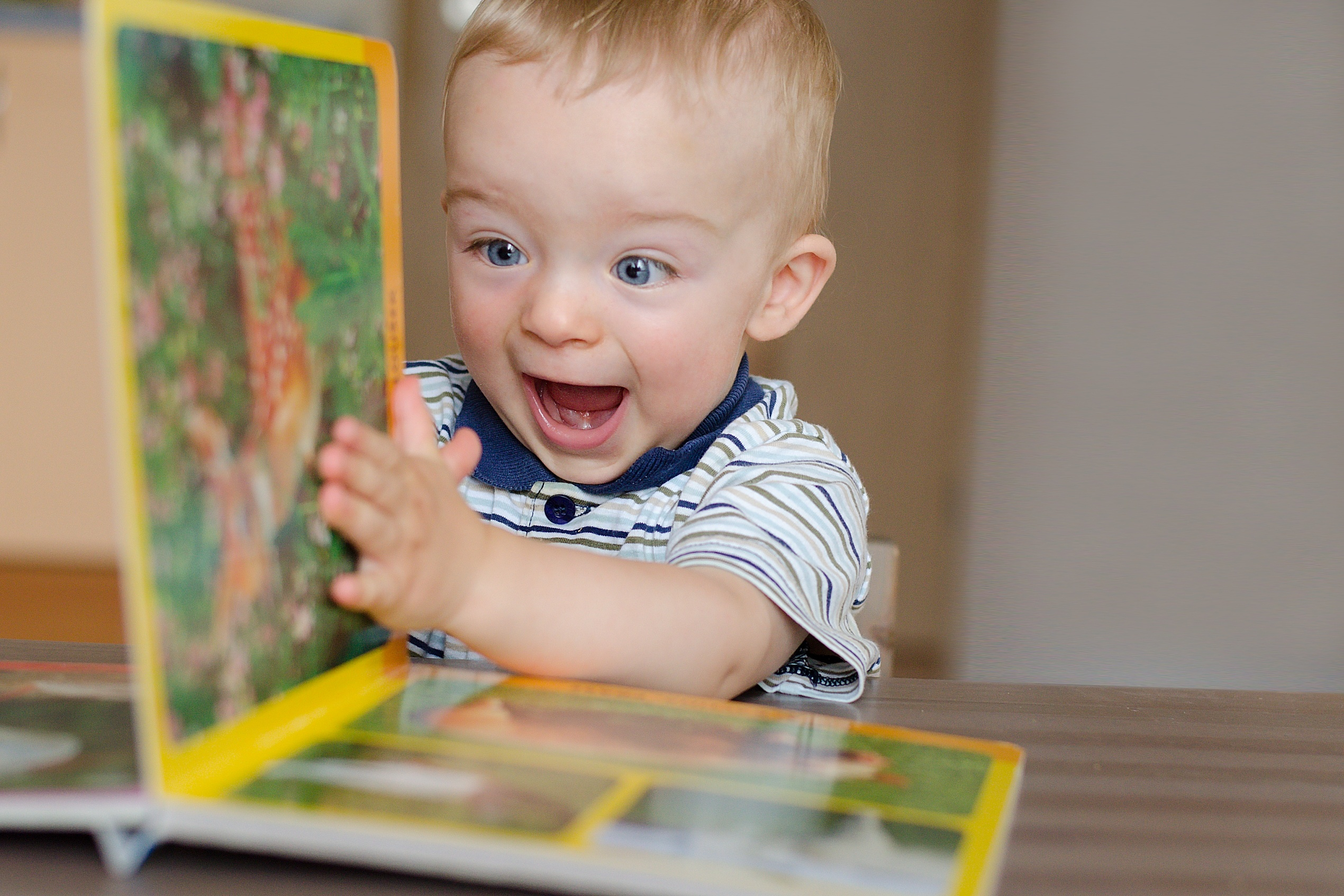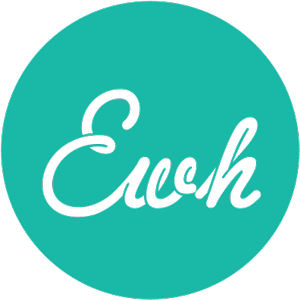
The Power of the Page Turn
A well-placed page turn in a picture book can feel like magic.
It’s the invisible hand that guides your reader through the story, creates suspense, emphasizes a punchline—or delivers an emotional gut-punch. And in picture books, where layout is limited and every word must earn its place, mastering the page turn is a quiet superpower.
Why Page Turns Matter
The page turn is a structural tool that affects:
- Pacing (when we pause, linger, or leap)
- Surprise (what’s revealed on the next spread)
- Engagement (curiosity compels the turn)
Well-timed page turns help control the flow of your story and heighten emotional beats without needing extra words.
Revision Tips for Page Turn Power
- End a spread with tension or a question.
Create curiosity that compels the reader to turn the page to find out what happens next.
Example: “And then she saw…” [turn page]
- Let illustrations deliver the surprise.
Avoid giving it away in the text—let the art and layout do some of the storytelling. - Use repetition to set up expectations—then break them.
This creates humor and surprise on the turn. - Print and dummy your manuscript.
The best way to assess the power of your page turns is to put your story into a 32-page layout and mark the natural page breaks. Visualize the action unfolding on each page to accompany the text. Are the reveals working? Does each spread have a reason to exist? Will the illustration be distinct from the ones before and after? This is particularly important tool for authors who are NOT also illustrators, to learn how to think visually.
One important caveat – never submit the dummy layout unless you are an author/illustrator. For those who are authors only, this is purely an exercise to assess your page turns. Once you have completed the exercise and are satisfied you have built in the right amount and quality of page turns, convert the text back to standard double-spaced narrative for submitting.
